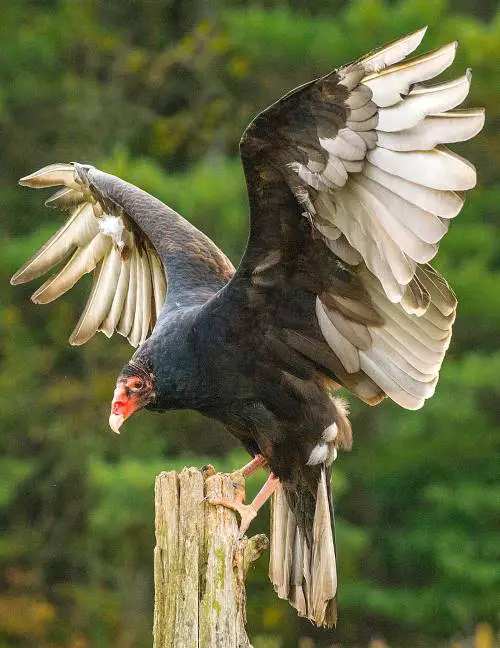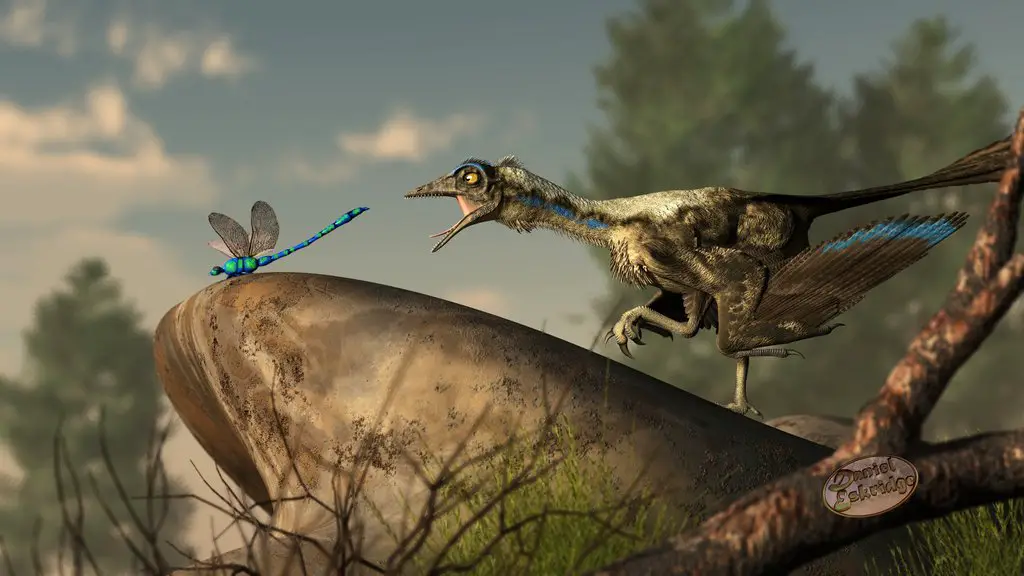You’ll be amazed to read all these interesting Humboldt penguin fun facts. You’ll get to know all about Humboldt penguins and how they actually behave in their natural habitat. The Humboldt penguin (Spheniscus humboldti) is one of the few penguin subspecies that lives in South America. It is a medium-sized penguin and the bird earns its name after the explorer, Alexander Humboldt.
Humboldt Penguin Facts
The Humboldt penguin is also known as Chilean penguin, patranca, and Peruvian penguin.
Description: Unlike many other penguins, the Humboldt penguins have greyish to white underparts. They have black head and black eyes. Adult penguins grow 56–70 cm in height and weigh 8 – 13 pounds.
Distribution: The penguin lives in Chile, Peru, Ecuador, and Colombia. An isolated population is also found in Punihuil.
Habitat: Humboldt penguins build habitats on rocky coasts, sand, cliffs, and caves.
 Behavior: They rarely dive more than 60 meters deep into the water. However the maximum depth achieved by a Humboldt penguin is about 150 meters.
Behavior: They rarely dive more than 60 meters deep into the water. However the maximum depth achieved by a Humboldt penguin is about 150 meters.
Reproduction: The female lays eggs in September to October. It lays eggs in sand burrows. Chicks go out to sea when they are 48 days old. Humboldt penguins reach maturity at 2 years age.
Population: The global population of Humboldt penguins is estimated at 3,300 – 12,000. The IUCN has listed it as a Vulnerable.





